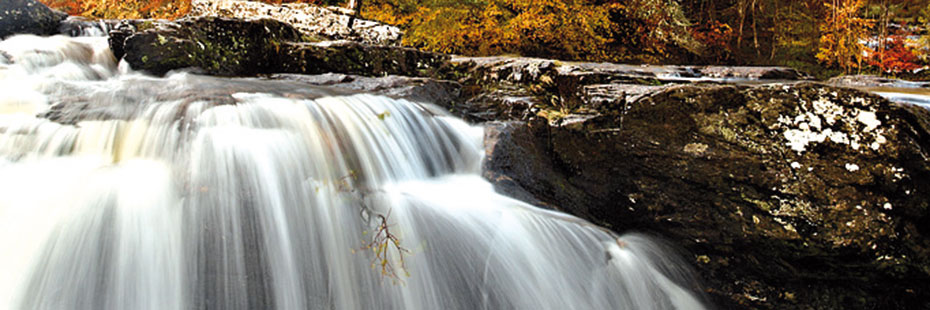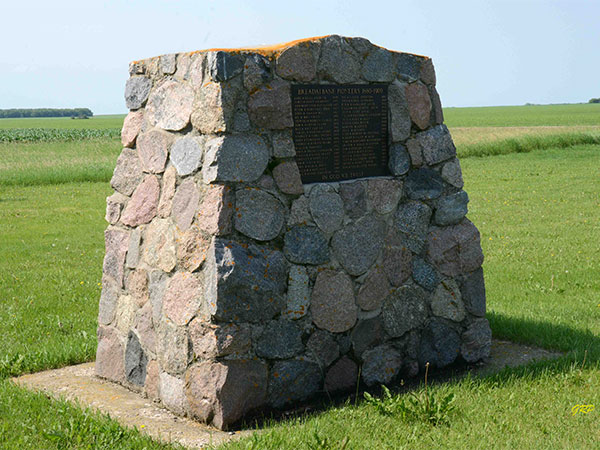
Martin in his Western Isles records that fire was also carried morning and evening round the mother till she was churched, and round the child till it was christened. 1 The Bible was put under the mother's pillow, with a piece of silk from her marriage dress, and fire or light was carried thrice round the bed after a birth this was done at Loch Eck 40 years ago as a protection against the Fairies. This originally seems to have been designed as a purification. . ." This is parallel with the old Scottish practice of whirling a fir-candle three times round the bed on which the mother and newly-born child lay.

Happened that, after baptism, the father has placed a basket, filled with bread and cheese, on the pothook that impended over the fire in the middle of the room, which the company sit around and the child is thrice handed across the fire, with the design to frustrate all attempts of evil spirits or evil eyes. 2 In the Highlands fire-lustration was resorted to, as Martin testifies and Pennant, who was a diligent inquirer, says, "It has In Man, from the birth of a child until after it was baptised, it was customary to keep in the room a peck or wooden hoop covered with sheep's skin, which was filled with oaten cakes and cheese for visitors, and small pieces of cheese and bread called blithe meat were scattered in and about the house for the fairies. This was, as it were, the child's first eucharist. 1 Among the old midwives it was a sacred practice to roast the omphalos after it fell off, about the ninth day, and give it to the child to drink, powdered and mixed with water (Inverness-shire). If the child had once partaken of any food it could not be exposed. In the Isle of Man salt was put in the baby's mouth as soon as possible after birth. Midwives, according to Pennant's account (18th cent.) gave new-born babes a small spoonful of earth and whisky as the first-food. Lustration-the rites appertaining to the progress of the pilgrim range from the cradle to the grave.-In folk-practice probably only a few of the more significant have survived until within recent memory. Account is here taken of old elementary rites only, such as that at Loch Mo Nāir those at Holy Wells, such as Holywell a special instance is the pilgrimage to Lough Derg (St. This is a constant element in human life, but it assumes lower and higher forms. ( c) Faith-healing under psychic suggestion. Here account is taken of the evil workings of envy the effects of the evil eye the belief that an issue of blood may be magically stopped some phases of magic and of sacrifice. Here fall the ceremonies relating to espousals and marriage, and some forms of pagan eucharists. Healing, passing in spiritual religion to salvation, wherein all healing culminates. Here mysticism is recognised from the outset: it is so far a testimony to the fact that all human knowledge is in part.ģ. Illumination, under which come premonitions, omens, divination, inclusive of second-sight.

Lustration, or lustral rites, whether by fire, by water, by milk or by blood.Ģ. Survivals in Belief Among the Celts, by George Henderson,, at ĮVERY journey has its stages, and for the purposes of these pages account is to be taken of the following:ġ. Sacred Texts Legends and Sagas Celtic Index Previous Next It also includes the remains of structures that were originally built wholly or partly underwater (such as fish traps, crannogs, bridges, piers, jetties and wharves) as well as the remains of human activity that originally took place on dry or marshy land that has subsequently been inundated, either by rising water levels or by marine (or fluvial) erosion.Survivals in Belief Among the Celts: III. Underwater archaeological sites may consist of the remains of ships (shipwrecks), boats (boat finds), other watercraft or vessels and aircraft as well as cultural material that was accidentally dropped, lost overboard or deliberately deposited into the water body. It may be visible on the bed of the water body (i.e. Such evidence may exist beneath fresh (or inland) waters or beneath salt (or marine) waters. "Underwater archaeology is the systematic study of past human life, behaviors, activities and cultures using the physical (or material) remains (including sites, structures and artifacts) as well as other evidence found in the underwater (or submerged) environment.


 0 kommentar(er)
0 kommentar(er)
